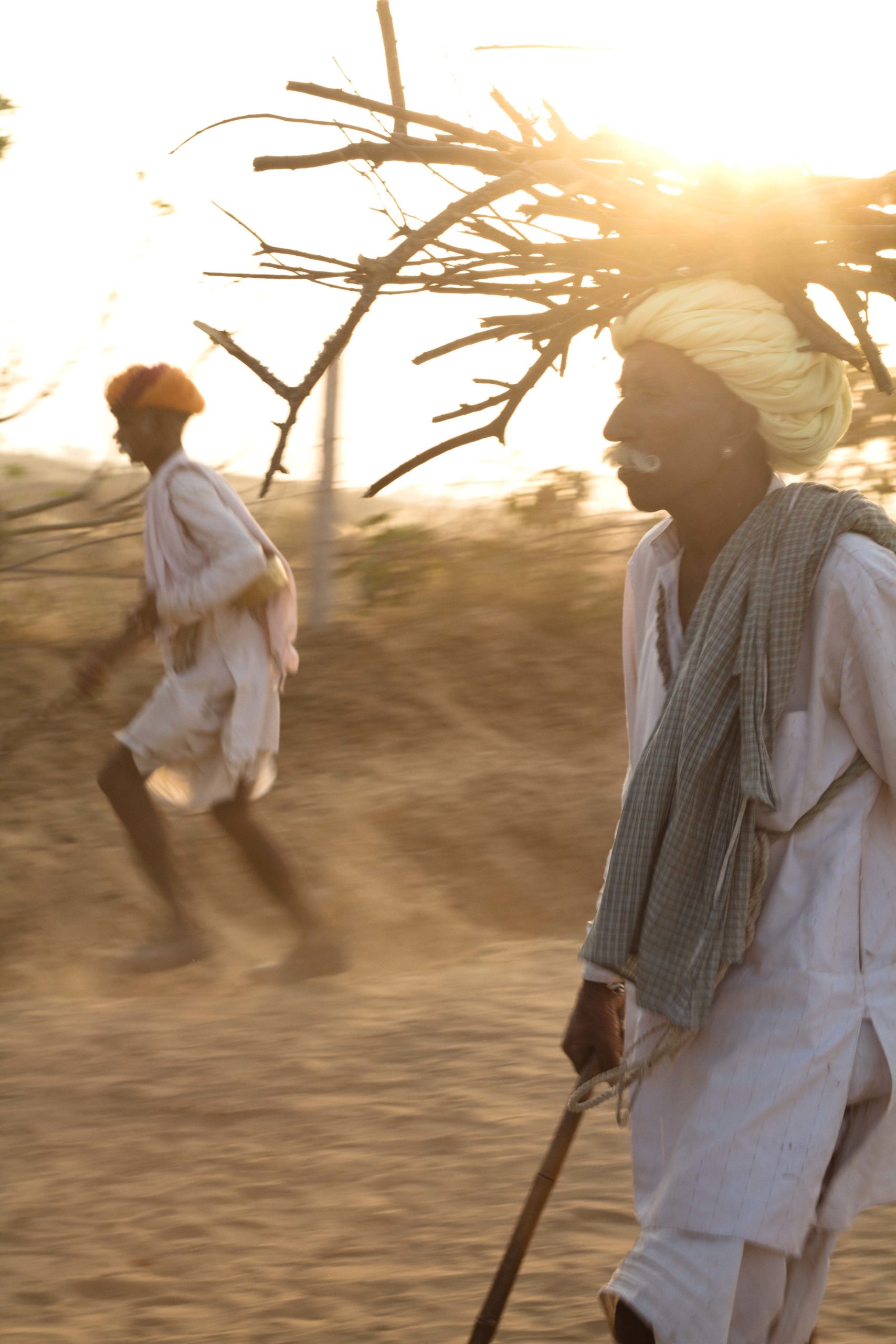The Light in photography
Sometimes the narrative about the equipment is too much. At the end of the day, does not count how many lenses you have or what quality they are, but other aspect are more important. Indeed one of them is the light, a key component when you shoot. Even in the literal meaning it is clear. The word photography means the “light-writing,” although a more accurate description would be “light-drawin”.
So if you want be a good photographer who wants to become aware of what he does, then has to memorize some basic concepts.
Intensity of light
The first thing you need to do when you enter an environment that you have to photograph is to evaluate the intensity of the light. Natural or artificial it is. The intensity of light can also be identified as a quantity, in the end it is only a matter of understanding how much is present.
For example, thinking how your eyes react to changes in brightness. If you pass from a light room to a dark room for a while you will not see anything, is all dark. In this case you are in an “underexposure” situation. Instead from a dark room to a light room for a while you will be dazzled by the brightness. Here you are “overexpose“. So with the camera you will have to behave the same way. So if the scene has a huge amount of light you will have to set a combination of Aperture ISO and Time. In few words you have to adjust your exposure until you have the correct one. You to apply the same principle the opposite situation with a low amount of light.
Fortunately in now days we have a instrument to measure the intensity of the light that illuminates the scene, the photographic light meter. It is important to first decide which equipment to use and then how to set the shooting times, aperture values, depth of field .
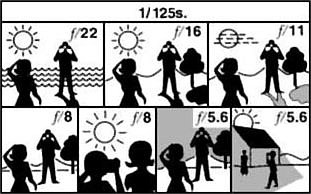
Quality of Light
The quality of light is not something we can measure. It has to do with visual perception and therefore we talk about.
The harsh light is usually easy to spot because it is the one that “bothers”: that intense light typical of the summer noon of a clear day to understand each other. Hard light creates very dark and defined shadows of objects. As a result it also creates strong contrasts between the dark and light areas of the photographed scene.
Instead the soft light is the opposite. It is the typical light situation of a cloudy day, with the sun behind the clouds that cannot violently illuminate the scene and consequently the objects present soft shadows, often not very evident without creating great contrasts between the shaded areas and those exposed directly to light. For this reason, we speak of “soft light” or “soft”.
If we consider sunlight, it is the presence of clouds that differentiates a scene illuminated by harsh light compared to one with soft light.
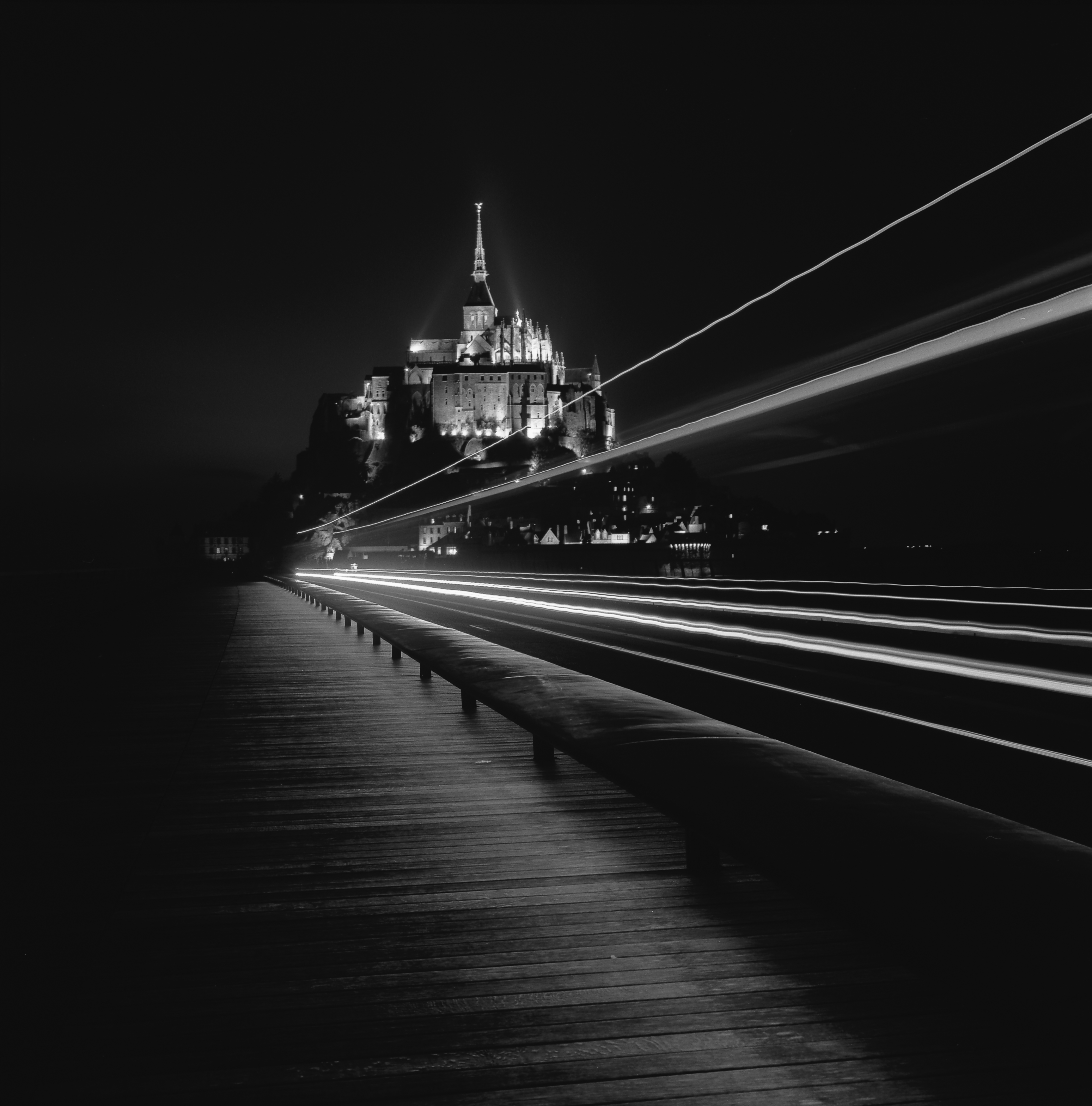
Photography Workshop Brittany
Brittany & Normandy for Every Level Photography
Take a Look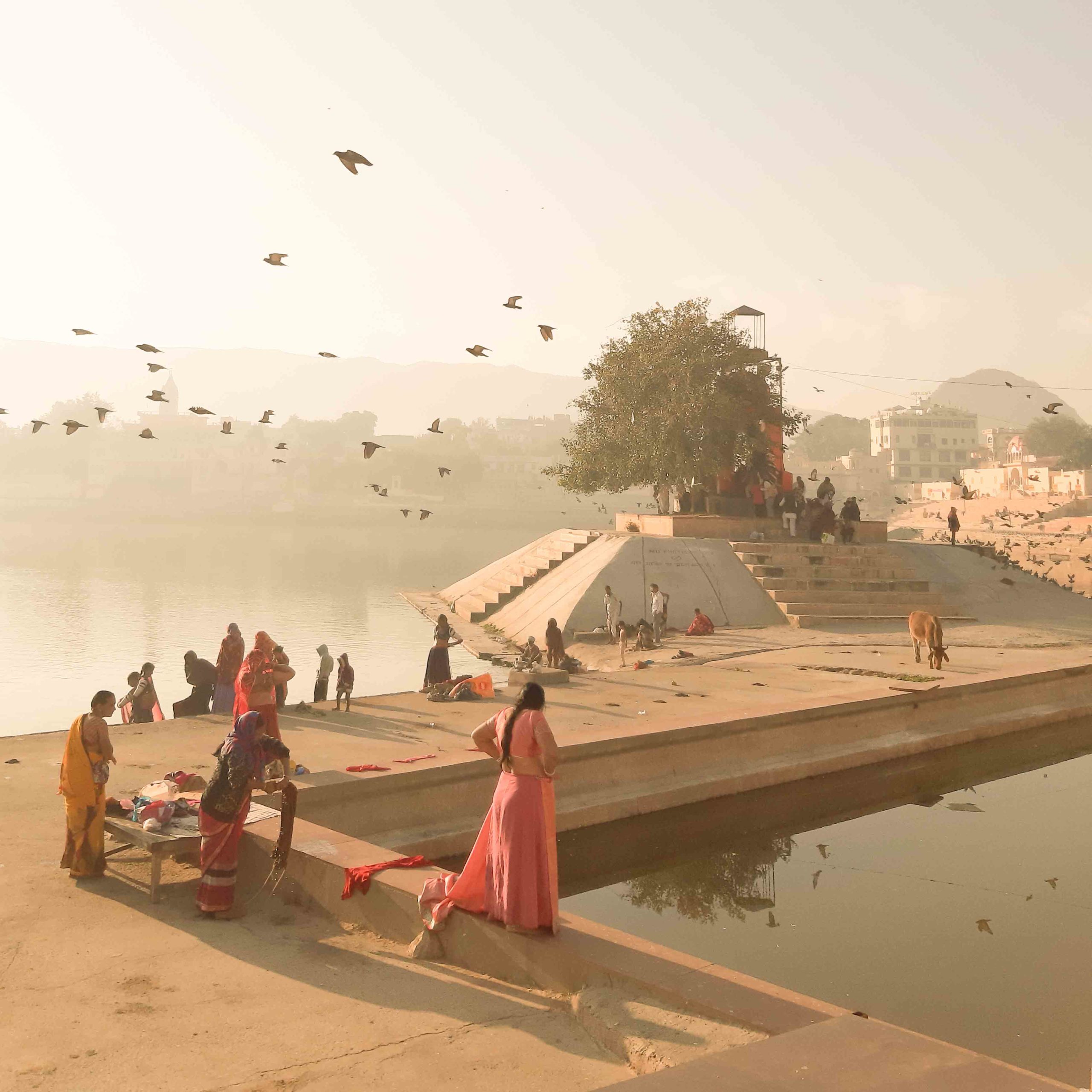
Camel Fair Festival India
Photo Tour Camel Fair Pushkar for Every Level Photography
Take a Look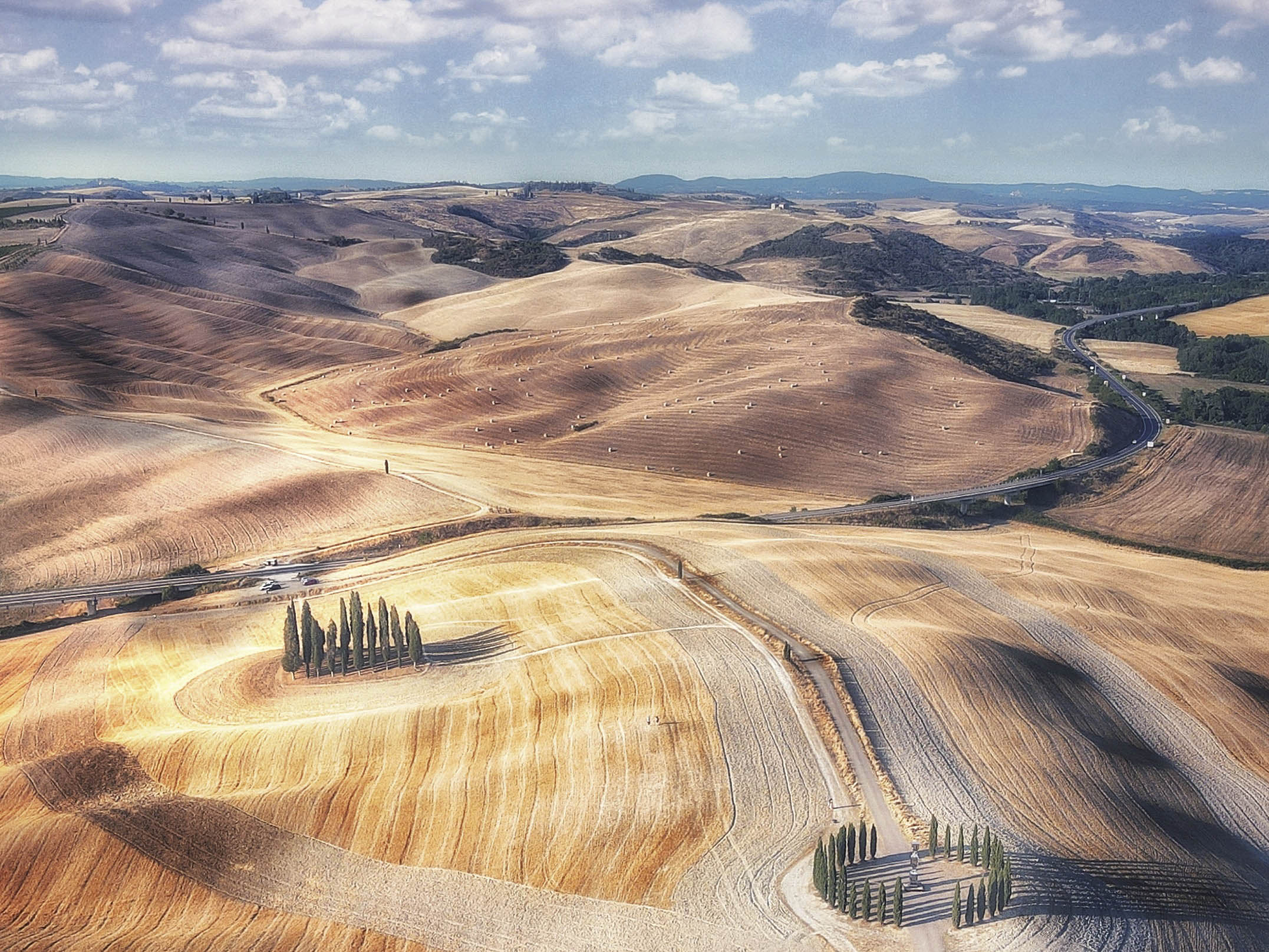
Photography Workshop Tuscany, Spring -Summer
Different Tuscany Workshop Itineraries for every level of Photographer
Take a Look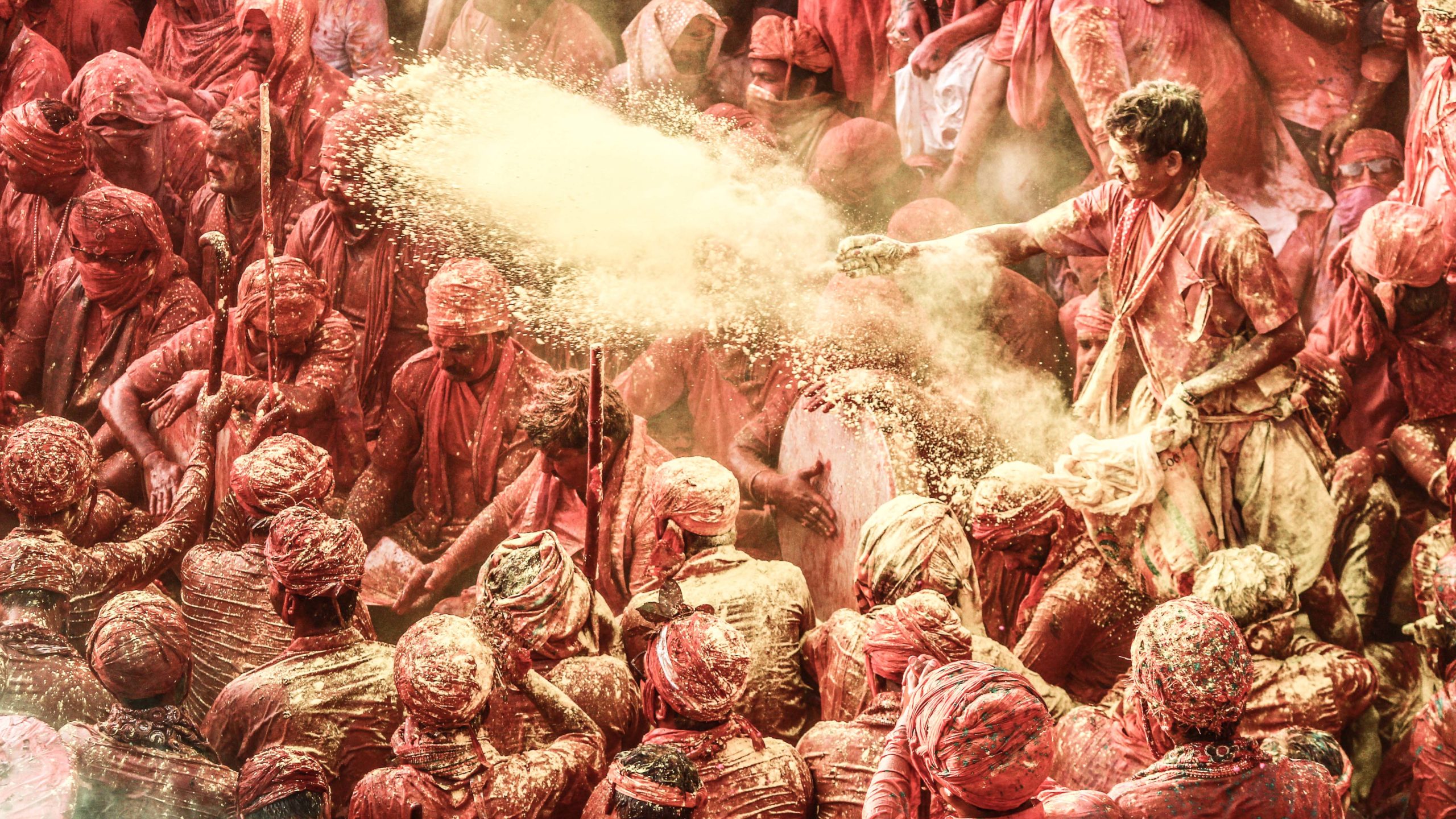
Photography Workshop India
India for every level of Photographer
Take a Look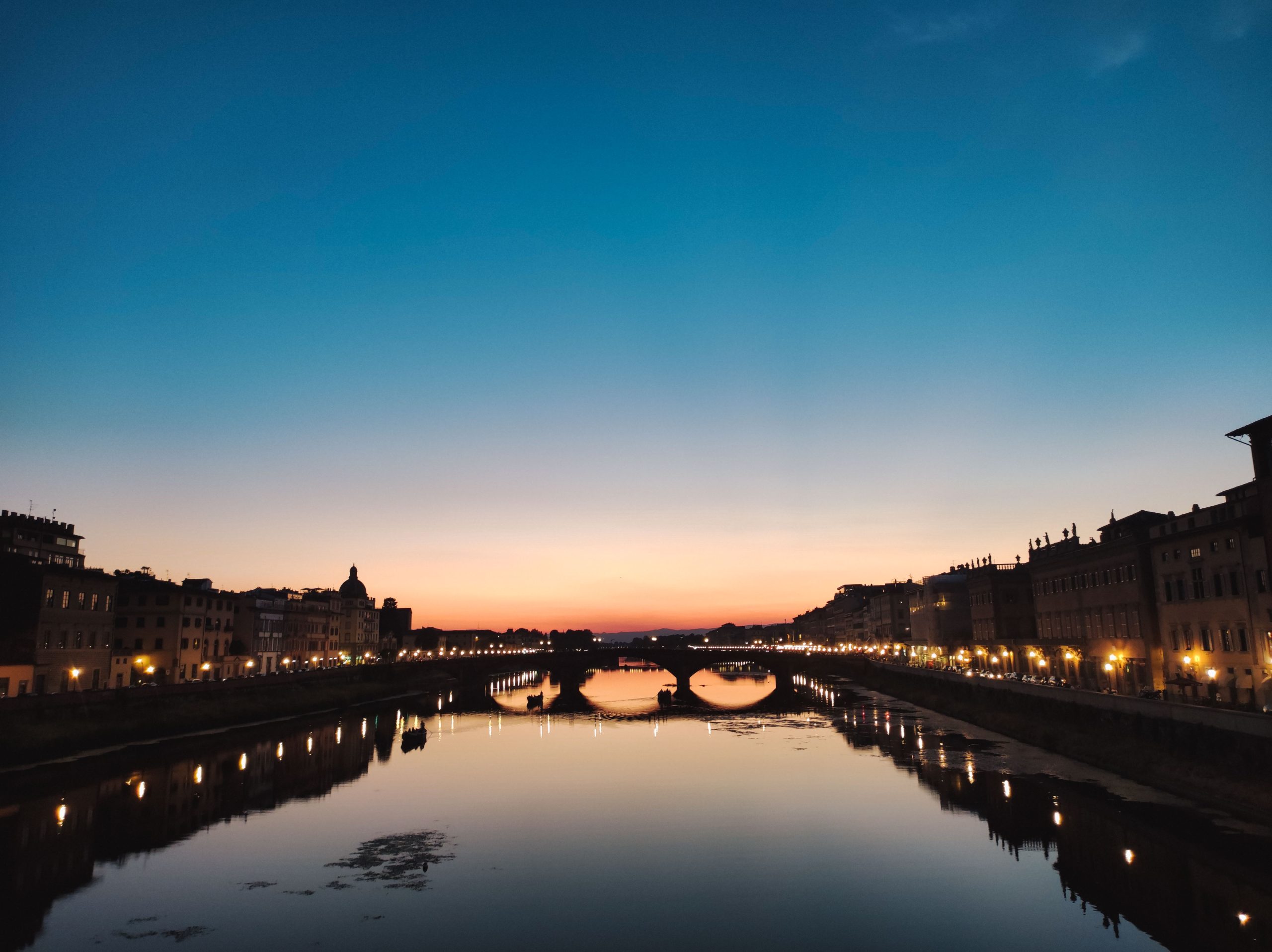
Photo Tour Florence on Request
Photo Tour Florence Available
Take a Look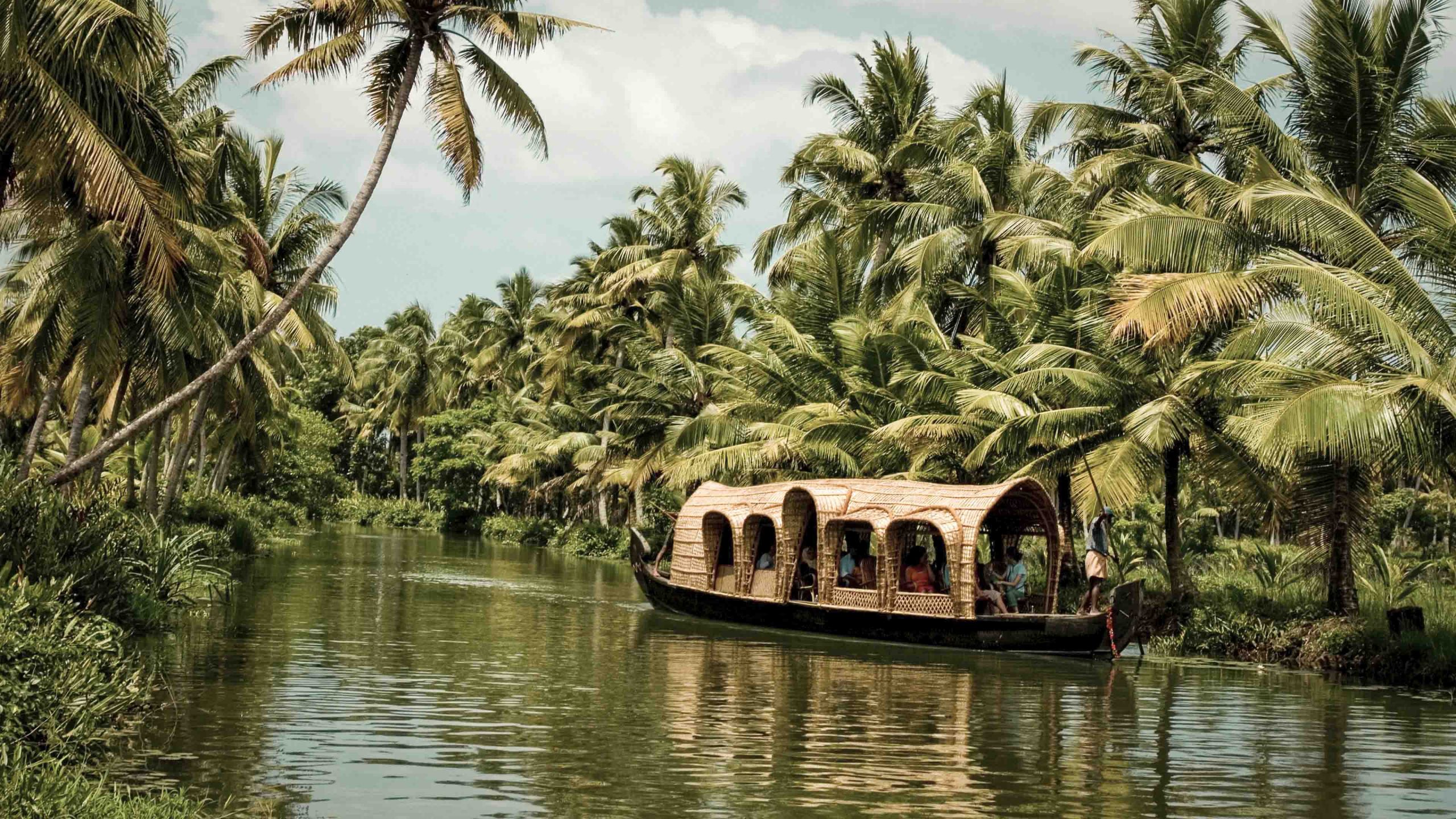
Photography Tour Kerala
Kerala Photo Tour-For Every Level Photography
Take a LookColor temperature
Generally the Color temperature is understand as the color of light. It is refers to a characterization of the spectral properties of a light source. The low color temperature is the warmer, more yellow to red light while high color temperature is the colder, more blue light. For example in the daylight at the dawn or in the sunset has a lower and warmer. Instead the color temperature is a higher one during the day. The standard unit of measurement for color temperature is Kelvin (K).
You must start from the assumption that the camera can record the entire spectrum of colors (even infrared ..) but cannot know in what light condition you are in. You can guess it, but there are big margins of error. Even though our eyes can automatically adapt to the different color temperatures of the light and consequently perceive the right color by adapting, a camera is not able to do it and therefore it must be adapted in the correct way to give you an accurate color reproduction. For that reason in digital camera there is a process call white balance. It change the light or temperature needed to produce the most accurate colors in a digital image.
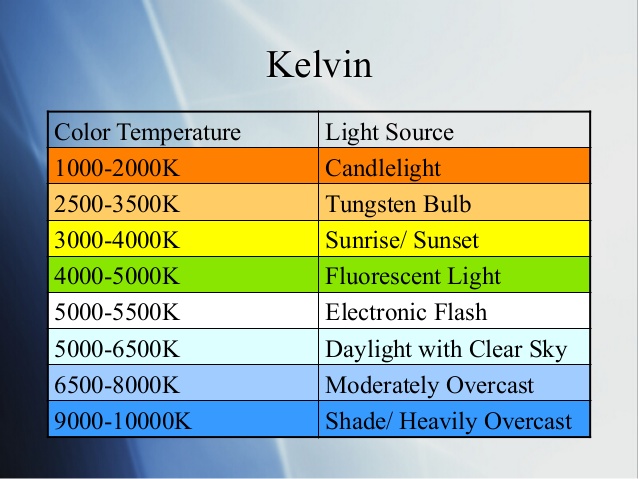
Direction of the Light
Another element you need to consider is the direction of the light in photography, or from what angle it illuminates the scene. For example i take the sun as a starting point and how it behaves during the day: at midday of a beautiful summer it illuminates from top to bottom, creating shadows that are almost perpendicular to objects. Instead at sunset the shadows are much more diagonal and long as the sun illuminates the scene from a lower angle, close to the horizon.
But with artificial light things, even in this case, are simpler because it is you who can decide from what height and direction to get the light on the subject.
Practical advice
In the past was often used a rule, when devices with exposure meters were not widespread, to measure the light in photography a rule was often used to. I talk about The rule of 16, also known as the “paper meter” since it was printed inside the film packs. The rule of 16 comes to our aid, suggesting to us time / diaphragm pairs which, in relation to a specific ISO value of the sensitive support, are able to impress it in an appropriate way. The starting point is given by the situation of full sun where the f / 16 aperture and a shutter speed equal to the reciprocal of the sensitivity of the film used must be set.

For example, with Ilford FP4 film (ISO 125), you will have to set the time of 1/125 of a second remaining the f / 16 aperture (hence the rule of 16). Starting from this value we will modify the time / diaphragm pair to our liking.In any case, exposing without a light meter can help us train the eye and choose the best exposure.
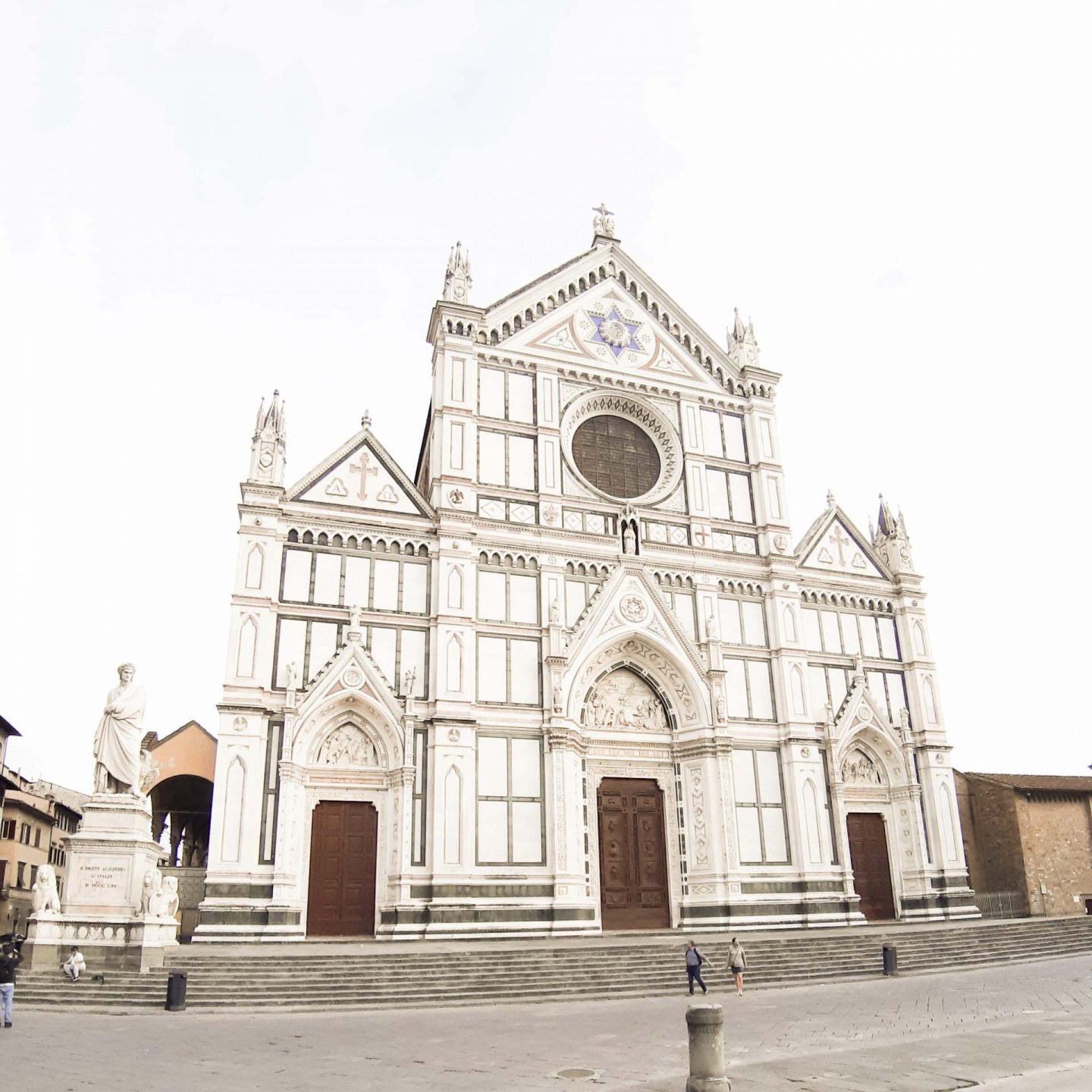
Florence Photo Tour
Florence Photo Tour
Info & Inquire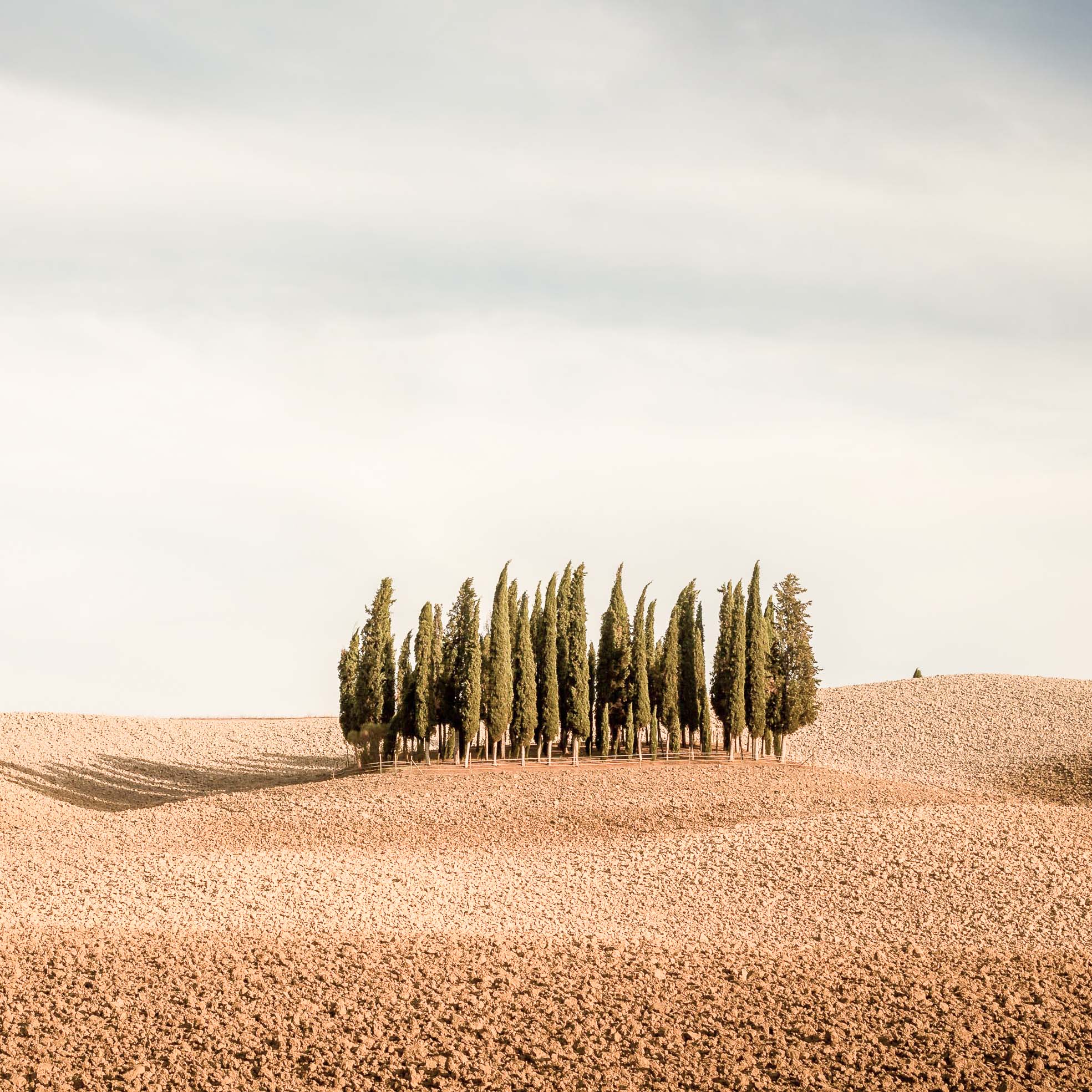
Photography Classic Tour Tuscany
Photo Tour Classic Tuscany- Difficult:Easy
Info & Inquire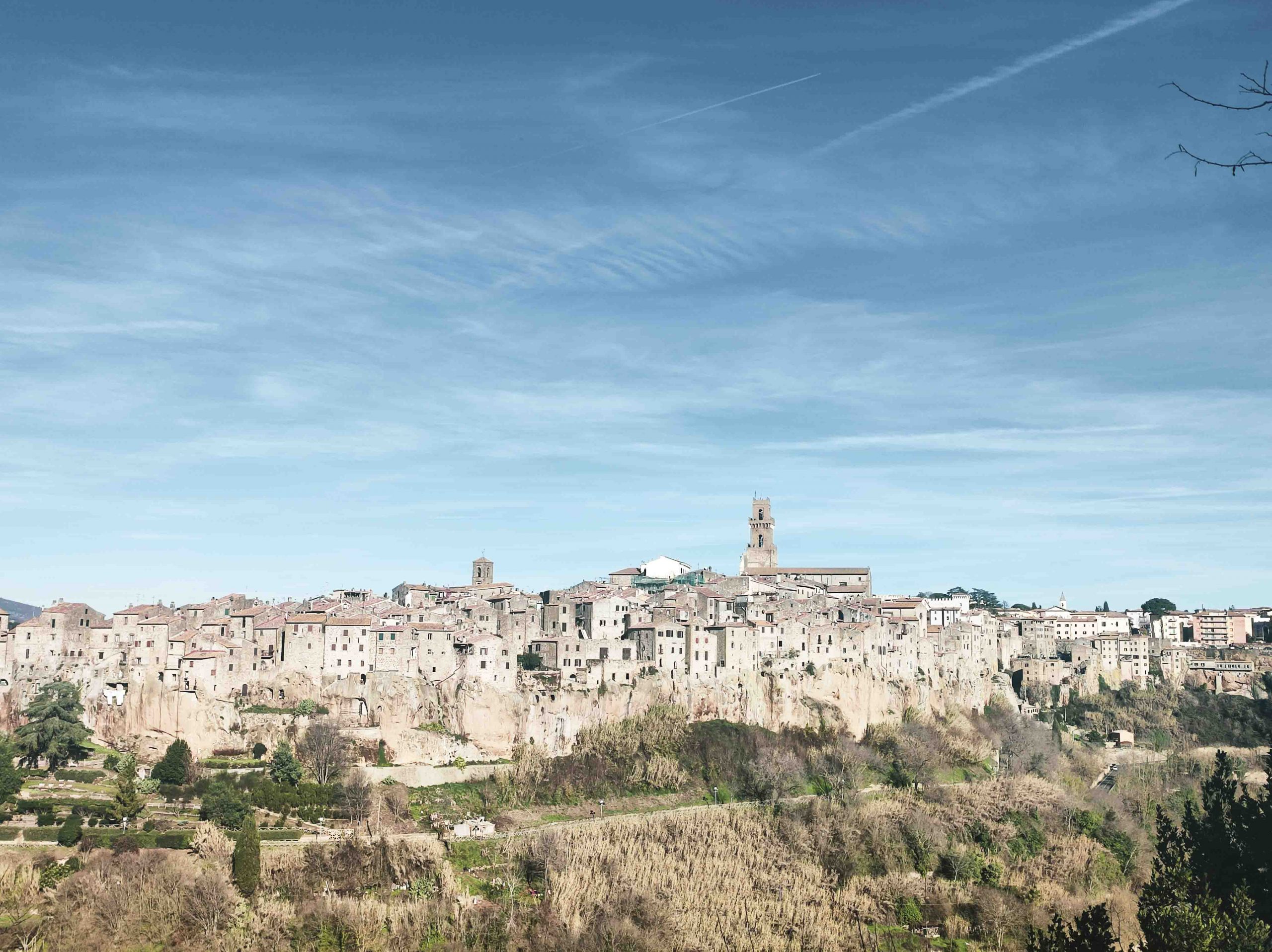
Workshop Medieval Villages in Tuscany
Photo tour Medieval Villages in Tuscany - Difficult:Easy
Info & Inquire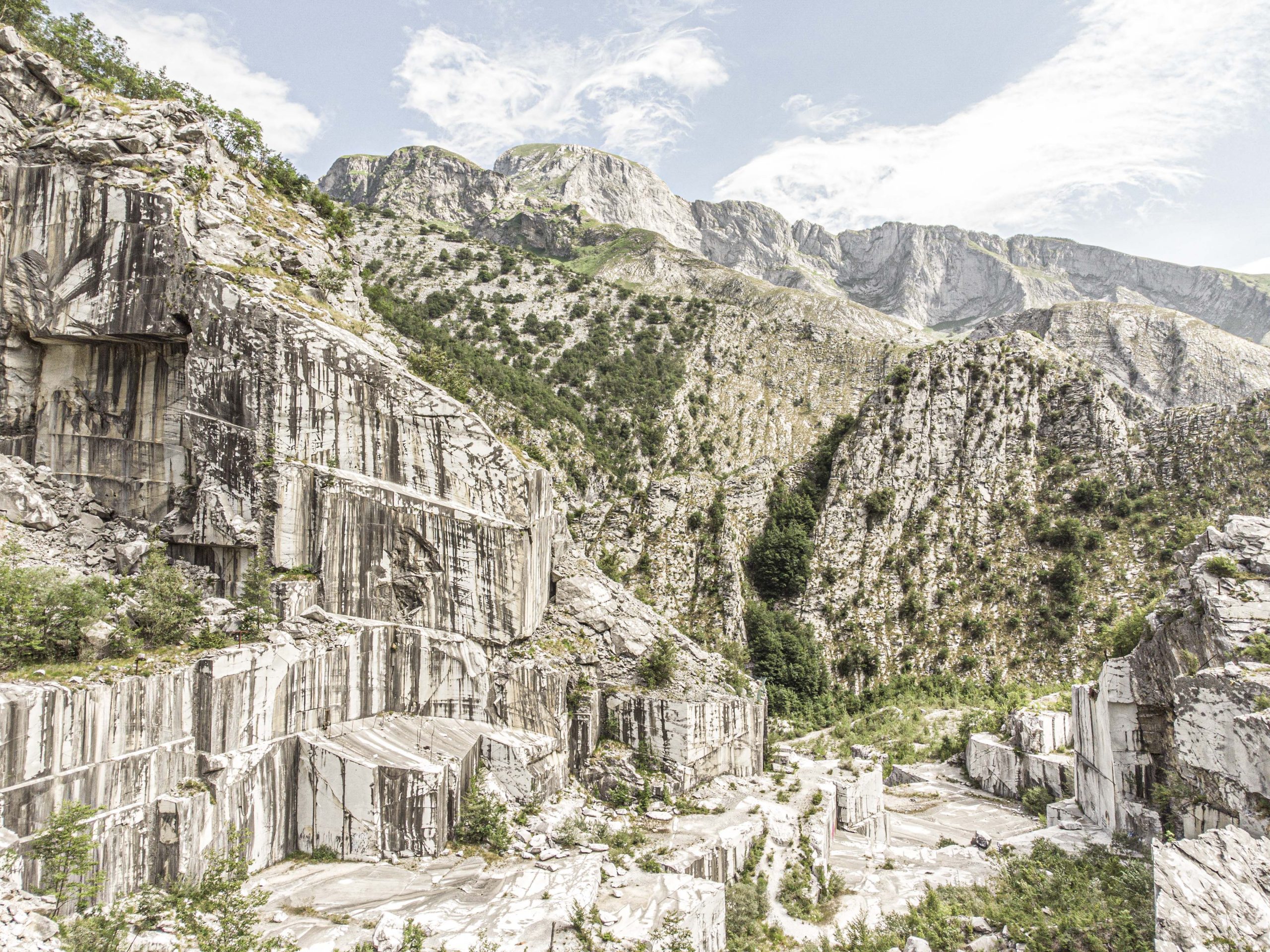
Marble Quarry Photo Tour in Carrara
Photo tour Marble Quarry Carrara- Difficult:Easy
Info & Inquire